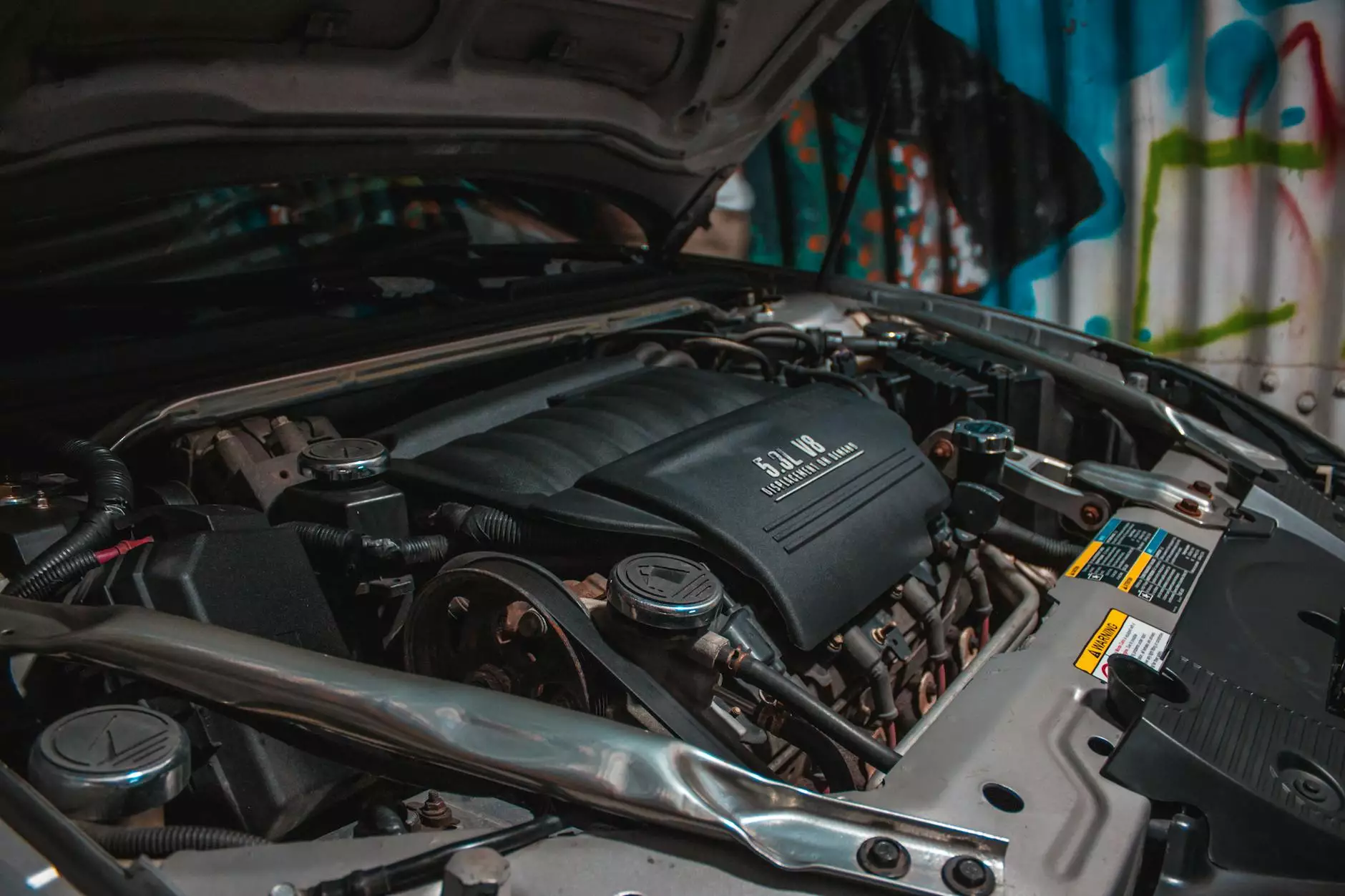The Importance of Timing Belts and Timing Chains in the Automotive Industry

In the world of automotive engineering, efficiency and precision are paramount. One crucial component that plays a major role in the proper functioning of an engine is the timing belt or timing chain. These crucial parts ensure the synchronization of the engine's valves and pistons, contributing to the overall smooth operation of the vehicle.
Understanding Timing Belts and Timing Chains
Both timing belts and timing chains are responsible for controlling the rotation of the gears and shafts inside an internal combustion engine. They are designed to regulate the opening and closing of the engine valves during each of the four strokes: intake, compression, combustion, and exhaust.
The Function of Timing Belts
A timing belt is typically made of a strong, flexible material, such as rubber, strengthened with fiber cords. It wraps around the camshafts and crankshaft, ensuring precise synchronization between them. The camshaft operates the engine's valves, while the crankshaft transforms the piston's linear motion into rotational motion, so the valve timing is crucial for optimal engine performance.
Timing belts are known for their quiet operation and affordability. However, they are subject to wear and tear over time and require regular replacement at specified mileage intervals, typically between 60,000 and 100,000 miles, depending on the vehicle manufacturer's recommendations.
The Role of Timing Chains
Timing chains, on the other hand, are made of metal and consist of interlocking links. They are more durable than timing belts and commonly found in higher-performance engines. Timing chains operate similarly to timing belts, but their designs vary. They require consistent lubrication from the engine's oil supply and generally have a longer lifespan than timing belts.
While timing chains are more robust and less susceptible to immediate failure, they can still experience issues if not properly maintained. Regular oil changes and adhering to the manufacturer's recommended service intervals can help ensure the longevity and reliable operation of a timing chain.
The Importance of Timing Belts and Timing Chains
Both the timing belt and timing chain are vital components that keep the engine running smoothly. Without proper synchronization between the camshaft and crankshaft, severe damage to the engine can occur, leading to costly repairs or even engine failure.
One crucial aspect of maintaining a healthy engine is replacing the timing belt or timing chain as per the manufacturer's guidelines. Neglecting this routine maintenance can result in a snapped belt or chain, causing the valves and pistons to collide, resulting in catastrophic engine damage.
Choosing the Right Timing Belt or Timing Chain
When it comes to selecting a timing belt or timing chain for your vehicle, it is essential to consider factors such as the manufacturer's recommendations, engine specifications, and the desired level of performance. Consulting with a qualified automotive professional can help you make an informed decision and ensure compatibility with your vehicle's engine system.
Conclusion
Timing belts and timing chains are critical components of any internal combustion engine. Their proper functioning and maintenance are vital to the overall performance and longevity of the vehicle. Regular inspection and replacement, as recommended by the manufacturer, can save you from potential engine failures and costly repairs.
At ASG Indy, our team of experienced automotive experts understands the significance of timing belts and timing chains and their impact on your vehicle's performance. We specialize in automotive repair and offer comprehensive services for various makes and models. Visit our website www.asgindy.com to learn more about our automotive services and schedule an appointment for an expert assessment of your vehicle's timing belt or timing chain.




